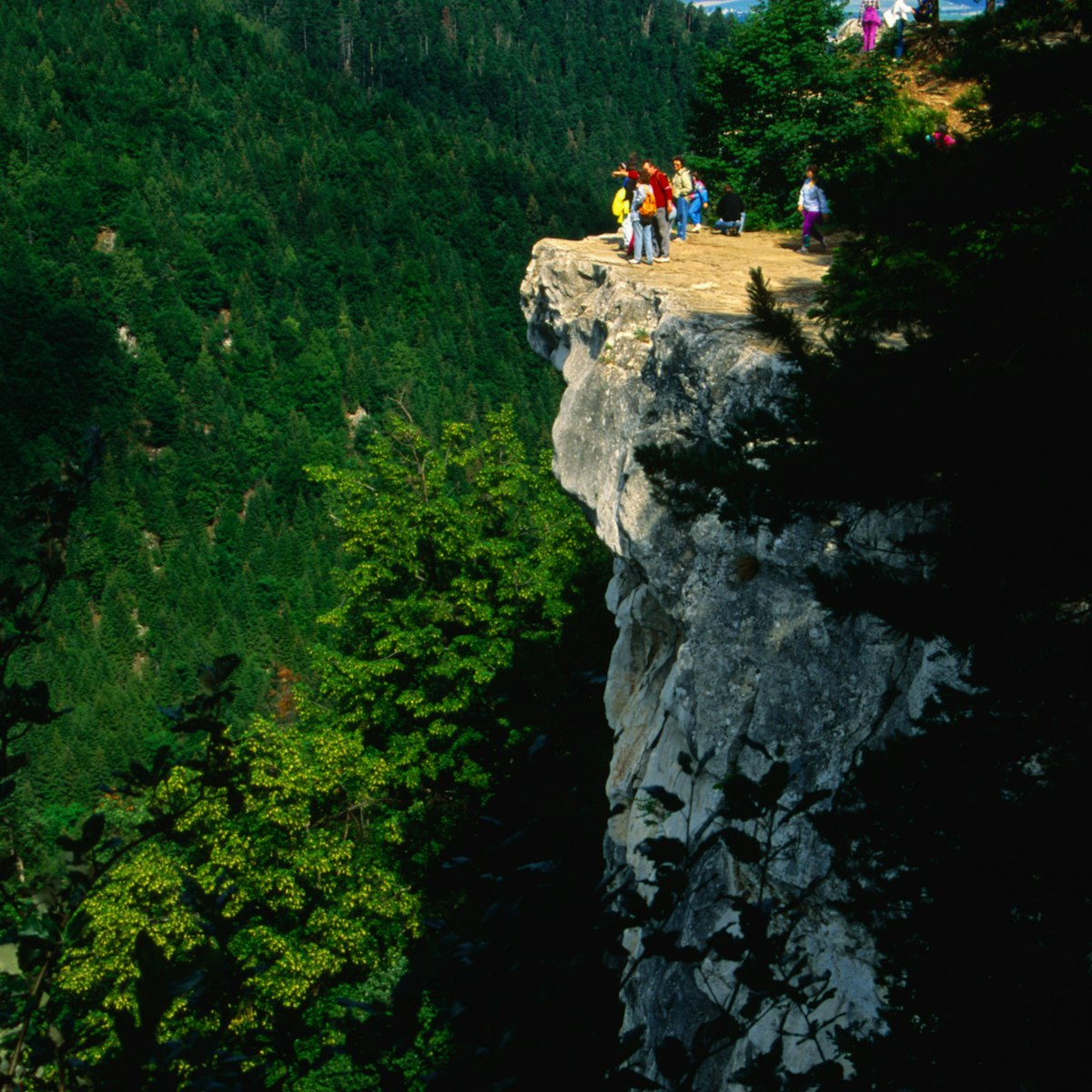Crowning a travertine hill above SpiЕЎskГ© Podhradie village, this vast, Unesco-listed fortification is one of Central Europe's biggest castle complexes. Its bulwarks and thick defensive walls date to the 12th century (at the latest), and once guarded Hungarian royals and nobles from flying arrows. Highlights of the four-hectare site, connected by stony pathways and stairs, include views from the 22m-high tower, and a museum of medieval history within the former palace.
The castle collapsed in the 12th century and was remade soon after. A Gothic renovation during the second half of the 15th century, under the nobleman Е tefan ZГЎpoДҫskГҪ, paved the way for prestigious courtly life. As the threat of invasion lessened, SpiЕЎ Castle became a place for balls and upper-class hobnobbing, and much less of a strategic fortification. Details like the castle's Gothic-style windows are an example of harmony between defensive and decorative design.
After a fire in 1780, the castle began to fall to ruin. Restoration began in earnest during the 1970s, propelling SpiЕЎ Castle to fame. Included on Unesco's World Heritage list in 1993, today it is one of Slovakia's most popular attractions.
Audio-guide tours (included in the ticket price, deposit вӮ¬10) take roughly 90 minutes. In summer there are regular night tours of the castle (adult/student/child вӮ¬10/8/8).
SpiЕЎ Castle is 1km east of SpiЕЎskГ© Podhradie, off the D1 highway or about an hour's uphill hike from the village. From the (free) car park, there is a steep 10-minute walk to the castle entrance.


